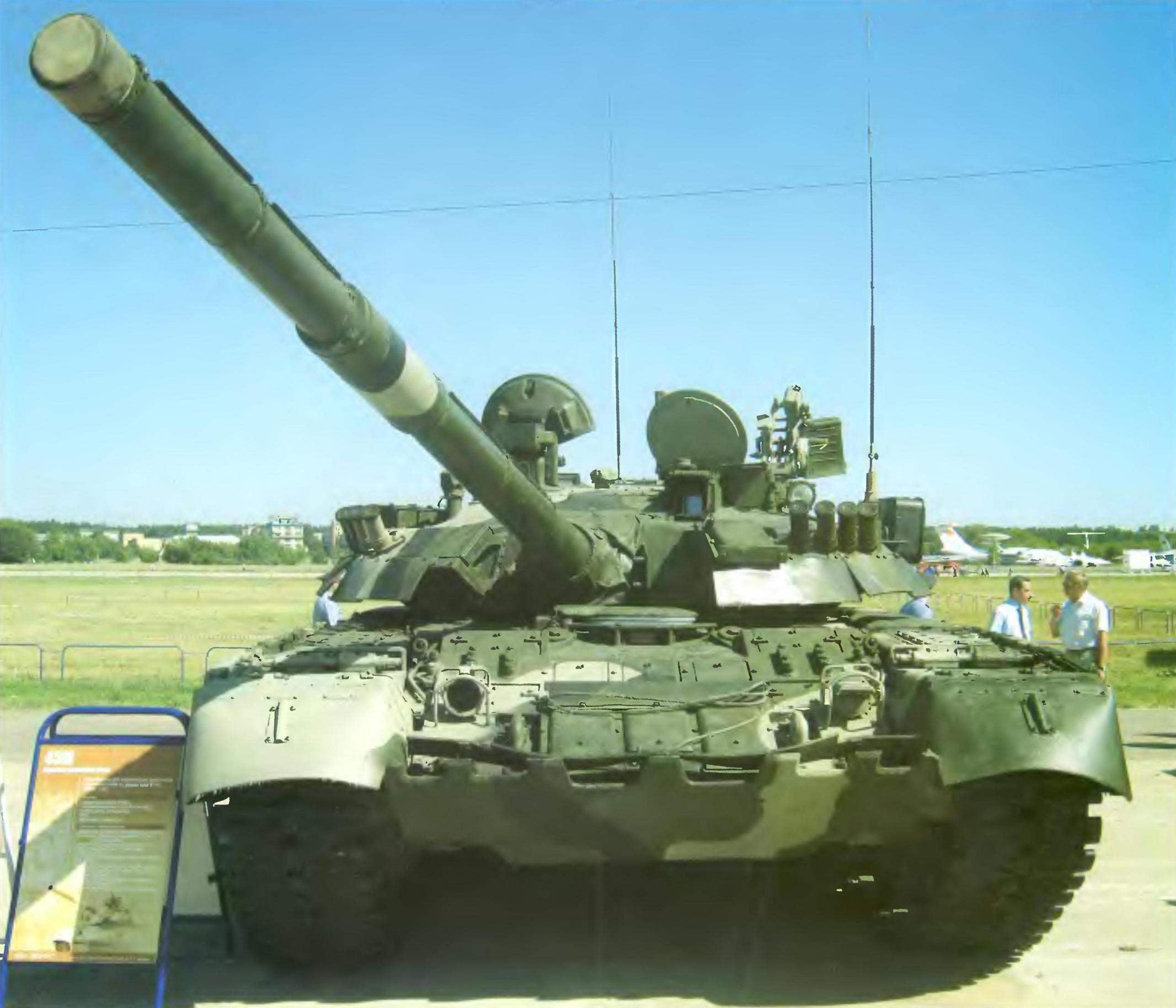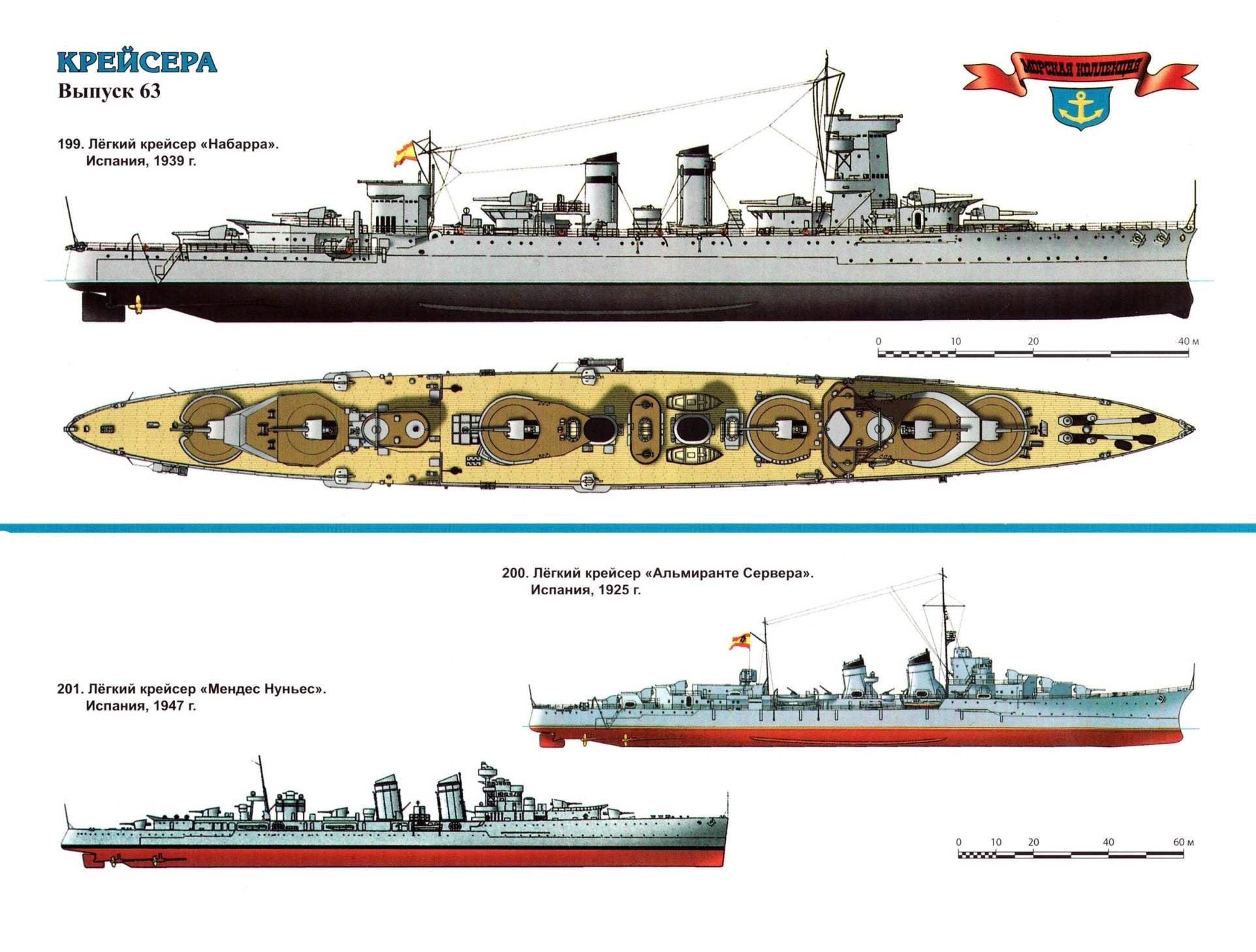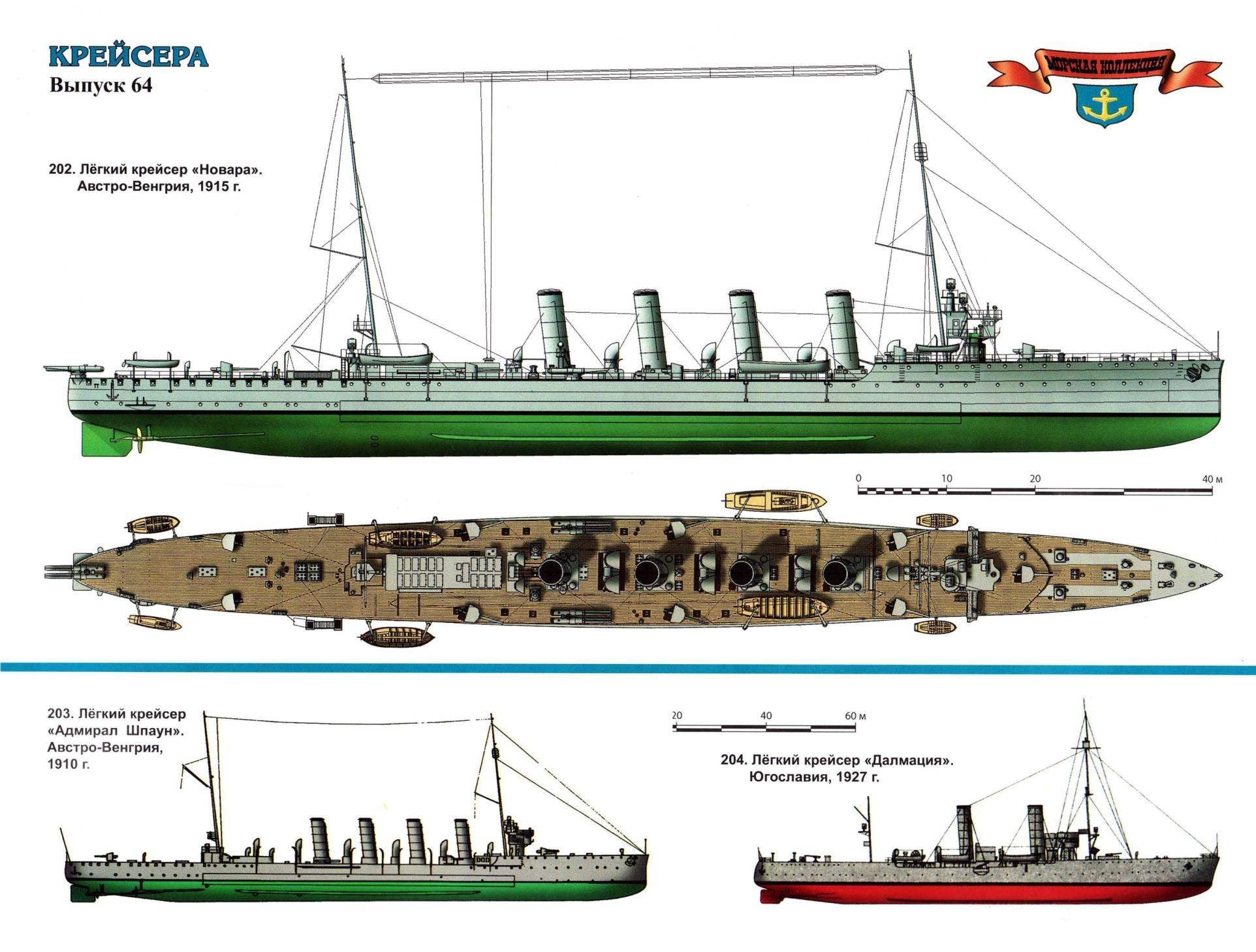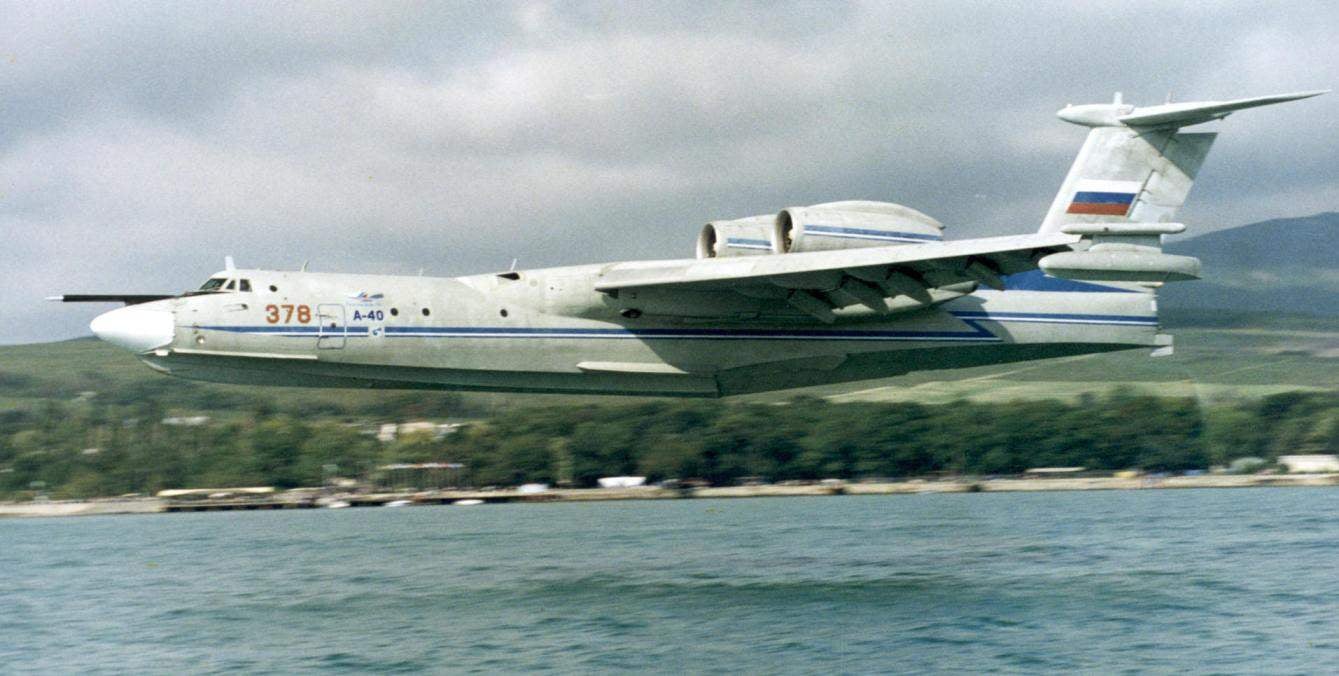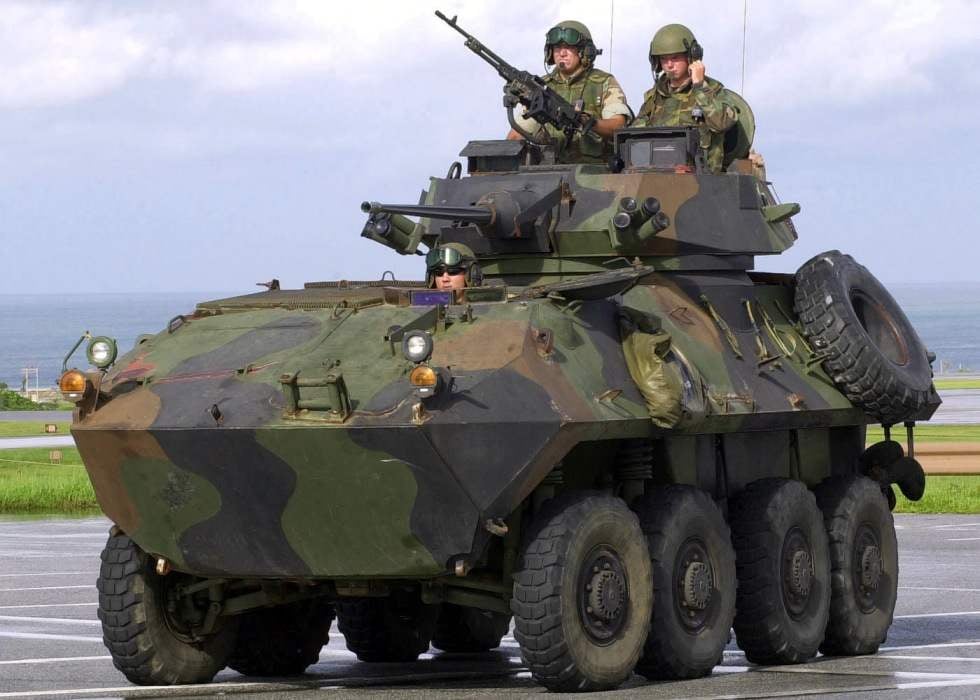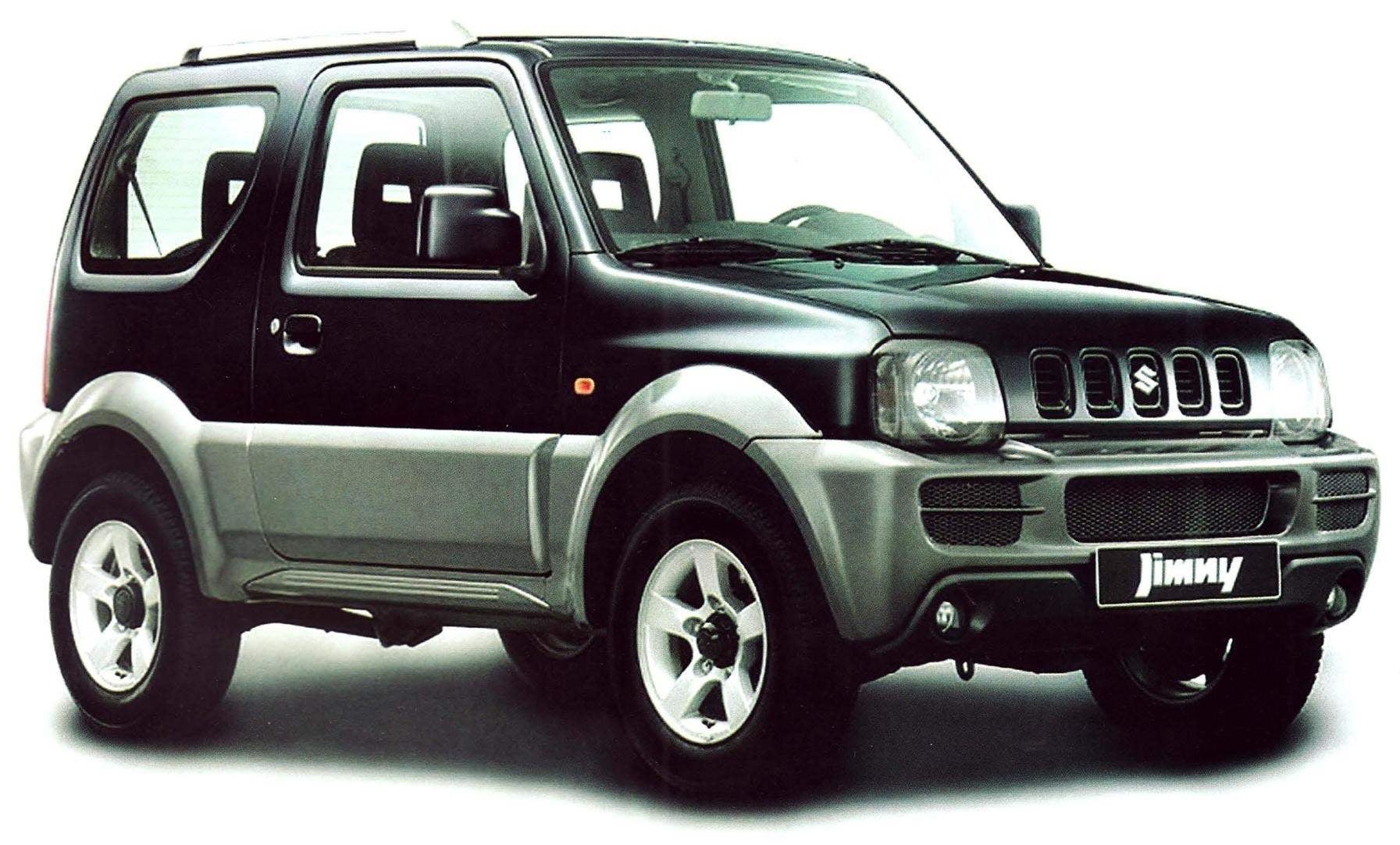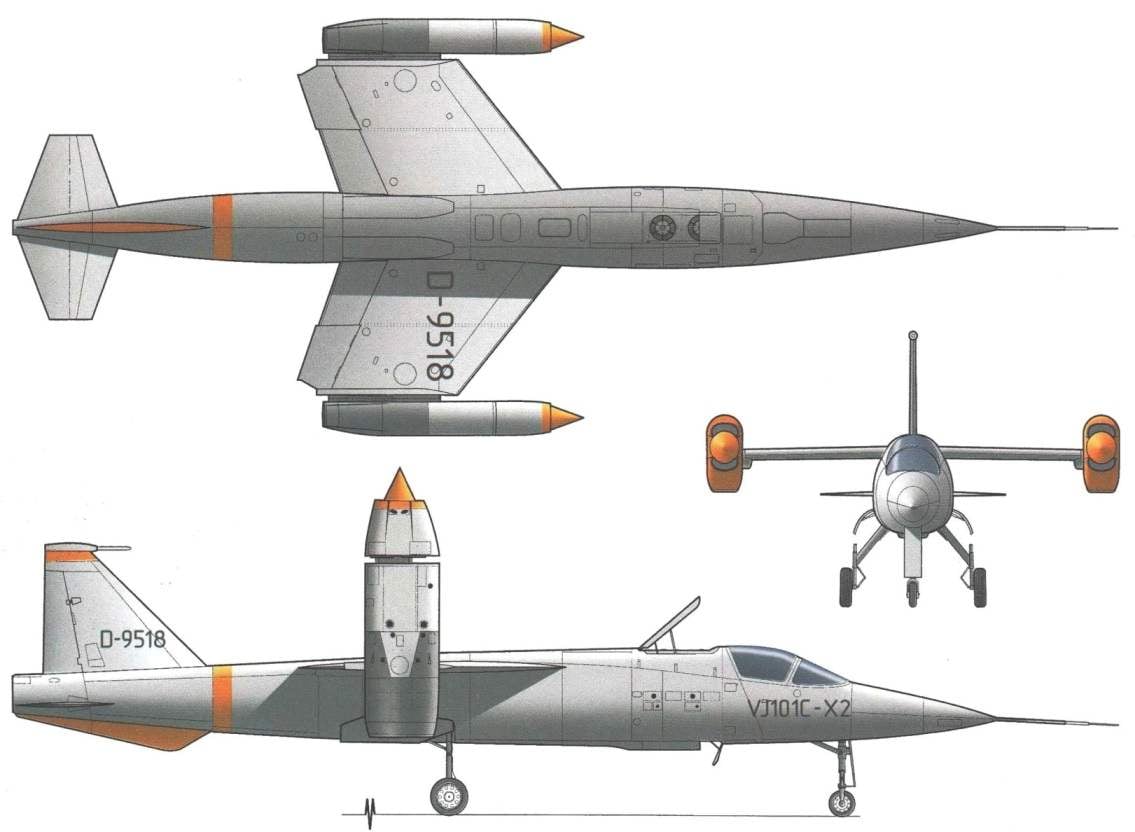 Locomotive PB-21 of issue, 1934. In the early 1930-ies the USSR had embarked on the reconstruction of Railways, in particular, the decision not to build cars with the number of axes less than four. Rolling stock was assumed to be equipped with automatic couplers and air brakes automatic. For the traction was designed and built powerful locomotives – freight and passenger FD IP. It was planned and the electrification of the Railways; it was built Сс11 electric locomotives, cargo and passenger vehicles ВЛ19. In addition, the Central lokomotivostroenie Bureau (CLPB) together with the plant “Dinamo” has designed a locomotive designed for pure passenger services. It was a very original car, not like any one of the locomotives of the time. Moreover, this engine was absolutely unique – a hitherto nothing of the kind in our country were not built.
Locomotive PB-21 of issue, 1934. In the early 1930-ies the USSR had embarked on the reconstruction of Railways, in particular, the decision not to build cars with the number of axes less than four. Rolling stock was assumed to be equipped with automatic couplers and air brakes automatic. For the traction was designed and built powerful locomotives – freight and passenger FD IP. It was planned and the electrification of the Railways; it was built Сс11 electric locomotives, cargo and passenger vehicles ВЛ19. In addition, the Central lokomotivostroenie Bureau (CLPB) together with the plant “Dinamo” has designed a locomotive designed for pure passenger services. It was a very original car, not like any one of the locomotives of the time. Moreover, this engine was absolutely unique – a hitherto nothing of the kind in our country were not built.
Collection
MAIN BATTLE TANK T-80
 19 April 1968 a joint resolution of the Central Committee of the CPSU and the USSR Council of Ministers “On creation of gas turbine propulsion for objects of armored vehicles” SKB-2 at the Leningrad Kirov plant (LKZ) was instructed to establish on the basis of tank T-64 a new car with a gas turbine power plant. The development of the engine was entrusted to the Leningrad NPO. Klimova. Gas turbine engine (GTE) with the same amount that diesel has developed a much greater capacity. This would allow the tank to achieve higher speeds and to significantly increase the maneuverability on the battlefield, to improve the management of the machine itself. Experience in the application of GTE Soviet tank builders already had, especially at the Kirov factory. In 1948 here in SKB turbine production under the guidance of A. Starostenko was the project of a heavy tank with this engine, but it remained a draft. When in 1955 LKZ requested the creation of a new heavy tank with engine 1000 HP — weighing up to 55 tons, with 130 mm cannon, began to conduct work in two directions: developed the options and a diesel engine (“object 277”), and GTE (“object 278”). Two prototypes of the GTD was designed under the direction of G. Ogloblina.
19 April 1968 a joint resolution of the Central Committee of the CPSU and the USSR Council of Ministers “On creation of gas turbine propulsion for objects of armored vehicles” SKB-2 at the Leningrad Kirov plant (LKZ) was instructed to establish on the basis of tank T-64 a new car with a gas turbine power plant. The development of the engine was entrusted to the Leningrad NPO. Klimova. Gas turbine engine (GTE) with the same amount that diesel has developed a much greater capacity. This would allow the tank to achieve higher speeds and to significantly increase the maneuverability on the battlefield, to improve the management of the machine itself. Experience in the application of GTE Soviet tank builders already had, especially at the Kirov factory. In 1948 here in SKB turbine production under the guidance of A. Starostenko was the project of a heavy tank with this engine, but it remained a draft. When in 1955 LKZ requested the creation of a new heavy tank with engine 1000 HP — weighing up to 55 tons, with 130 mm cannon, began to conduct work in two directions: developed the options and a diesel engine (“object 277”), and GTE (“object 278”). Two prototypes of the GTD was designed under the direction of G. Ogloblina.
IN THE WAKE OF THE “BIG BROTHER”
 After the complete defeat in 1898 in the war with the United States, Spain, once a great naval power, retreated far back and fell into a deep “hibernation”. Moral decline in society the worst way combined with political instability and severe financial problems. It is not surprising that to implement the first major of the marine program managed to start only after 10 years when the government has taken decisive action. Perhaps chief among these was the creation of the national shipbuilding company “Sociedad española de A. Nawal”, which was to revive the Spanish fleet. Good idea interfered with the traditional obstacle: lack of funds. And then the “noble dons” made good progress, offering to buy a quarter of all of the assets of British firms. “Investors” were going to as on selection — “Vickers”, “Armstrong” and “John brown”. Now the Spaniards were able to calculate not only English money but also to acquire new technologies and modern projects. They immediately thought that their country is washed by two seas, or rather, a sea and an ocean. Therefore, shipbuilding yards started in El Ferrol in the Atlantic in the North and Cartagena in the Mediterranean sea. And the British discovered so addicted now to their new friends, the secret folder with the drawings.
After the complete defeat in 1898 in the war with the United States, Spain, once a great naval power, retreated far back and fell into a deep “hibernation”. Moral decline in society the worst way combined with political instability and severe financial problems. It is not surprising that to implement the first major of the marine program managed to start only after 10 years when the government has taken decisive action. Perhaps chief among these was the creation of the national shipbuilding company “Sociedad española de A. Nawal”, which was to revive the Spanish fleet. Good idea interfered with the traditional obstacle: lack of funds. And then the “noble dons” made good progress, offering to buy a quarter of all of the assets of British firms. “Investors” were going to as on selection — “Vickers”, “Armstrong” and “John brown”. Now the Spaniards were able to calculate not only English money but also to acquire new technologies and modern projects. They immediately thought that their country is washed by two seas, or rather, a sea and an ocean. Therefore, shipbuilding yards started in El Ferrol in the Atlantic in the North and Cartagena in the Mediterranean sea. And the British discovered so addicted now to their new friends, the secret folder with the drawings.
THE “PATCHWORK MONARCHY” AND ITS SUCCESSORS
 Speaking about the Austro-Hungarian Empire, historians experience a certain difficulty — classify or not to classify it among the great powers. On the one hand, the dual monarchy was noticeably inferior to the rest of the political monsters of Europe and the United States and economic and military power and influence. On the other — the successor of once one of the most significant European countries tried hard to maintain its own line in everything, including in shipbuilding. Unfortunately, the “patchwork monarchy”, as ironically called her neighbors, detractors over the motley Nations and autonomies, is not shining more resources to create the naval forces. In particular, this concerned the cruisers, even those of a purely defensive “fleet of coastal defense”, is not going to stick out beyond the Adriatic.
Speaking about the Austro-Hungarian Empire, historians experience a certain difficulty — classify or not to classify it among the great powers. On the one hand, the dual monarchy was noticeably inferior to the rest of the political monsters of Europe and the United States and economic and military power and influence. On the other — the successor of once one of the most significant European countries tried hard to maintain its own line in everything, including in shipbuilding. Unfortunately, the “patchwork monarchy”, as ironically called her neighbors, detractors over the motley Nations and autonomies, is not shining more resources to create the naval forces. In particular, this concerned the cruisers, even those of a purely defensive “fleet of coastal defense”, is not going to stick out beyond the Adriatic.
MAN-MADE BIRD “ALBATROS”
 The peak of development of hydroaviation was in the middle of the 1930-ies. The main advantage of amphibians compared to ground vehicles, flying over extensive areas, it was considered a possibility to land on water surface in case of an emergency, even with waves up to five points. But as time went on. The reliability and service life of the aircraft led to the rapid displacement of the seaplane first with the airlines and then military aircraft. Operation of land planes was easier, and their weight returns payload, as well as a high aerodynamic efficiency has reduced the cost of commercial transportation. The development of the airfield network and other transport arteries, and the appearance of helicopters resulted in an almost complete elimination of the flying boat in commercial aviation. There was only a small segment of the lungs of amphibians, serving tourists and residents of remote, “forgotten God” corners of the Earth.
The peak of development of hydroaviation was in the middle of the 1930-ies. The main advantage of amphibians compared to ground vehicles, flying over extensive areas, it was considered a possibility to land on water surface in case of an emergency, even with waves up to five points. But as time went on. The reliability and service life of the aircraft led to the rapid displacement of the seaplane first with the airlines and then military aircraft. Operation of land planes was easier, and their weight returns payload, as well as a high aerodynamic efficiency has reduced the cost of commercial transportation. The development of the airfield network and other transport arteries, and the appearance of helicopters resulted in an almost complete elimination of the flying boat in commercial aviation. There was only a small segment of the lungs of amphibians, serving tourists and residents of remote, “forgotten God” corners of the Earth.
COMBAT VOSMIKLASNICA “PIRANHA” and “KODIAK”
 In recent years one of the most developing areas in the armor was the creation of vosmiklasnica machines wheel formula 8×8 with different weapons. These machines are more mobile in tactical combat, and less costly to operate and maintain, but worse armor, and have less combat power. Tracked them the “rivals” have more weight and often size, which affects the possibility of transfer of various vehicles, especially aircraft. Here at strategic mobility — benefit wheel designs.
In recent years one of the most developing areas in the armor was the creation of vosmiklasnica machines wheel formula 8×8 with different weapons. These machines are more mobile in tactical combat, and less costly to operate and maintain, but worse armor, and have less combat power. Tracked them the “rivals” have more weight and often size, which affects the possibility of transfer of various vehicles, especially aircraft. Here at strategic mobility — benefit wheel designs.
THE MOST COMPACT JEEP
 All-wheel-drive Suzuki Jimny SUV. World-famous Japanese firm Suzuki Motor Corporation has its origins from the founded in 1920 the company produced looms. The first motor vehicle with the brand name Suzuki was the motorbike that was released in 1952. In the future, this firm has become one of the largest manufacturers of two-wheel vehicles. Its first car, called the Suzulight, Suzuki Motor Corporation was created in 1955 — it was a miniature triple machine (the fourth seat was occupied by the spare wheel, located behind the driver), equipped with 15-horsepower two-stroke two-cylinder engine working volume of 0.36 L.
All-wheel-drive Suzuki Jimny SUV. World-famous Japanese firm Suzuki Motor Corporation has its origins from the founded in 1920 the company produced looms. The first motor vehicle with the brand name Suzuki was the motorbike that was released in 1952. In the future, this firm has become one of the largest manufacturers of two-wheel vehicles. Its first car, called the Suzulight, Suzuki Motor Corporation was created in 1955 — it was a miniature triple machine (the fourth seat was occupied by the spare wheel, located behind the driver), equipped with 15-horsepower two-stroke two-cylinder engine working volume of 0.36 L.
VERY MILITARY “KIDS”
 The elephant-like “light” cruisers, such as “Mogami”, “Brooklyn” or “Belfast”, differ from hard only in the replacement of 8-inch artillery 6-inch, of course, perfectly suited for any combat missions. In General, a very worthy ships in all but one — the price. Miracles in shipbuilding does not happen: to the limit stuffed with weapons and equipment, 10-thousanders of the cost was off the charts beyond that available even to the wealthiest countries in the world. It was impossible to build in adequate to create a balanced fleet quantities, certainly not in peacetime. No Parliament or Congress has not approved such a budget, especially considering the smoldering since the first postwar years the economic crisis erupted, several setiausaha.
The elephant-like “light” cruisers, such as “Mogami”, “Brooklyn” or “Belfast”, differ from hard only in the replacement of 8-inch artillery 6-inch, of course, perfectly suited for any combat missions. In General, a very worthy ships in all but one — the price. Miracles in shipbuilding does not happen: to the limit stuffed with weapons and equipment, 10-thousanders of the cost was off the charts beyond that available even to the wealthiest countries in the world. It was impossible to build in adequate to create a balanced fleet quantities, certainly not in peacetime. No Parliament or Congress has not approved such a budget, especially considering the smoldering since the first postwar years the economic crisis erupted, several setiausaha.
THE FIRST VERTICAL TAKE-OFF “SVERKHZVUKOVOM”
 In the mid-fifties of the last century the theme of vertical take-off aircraft excited the minds of the designers and the military in many countries. Was no exception and West Germany. After graduating in 1955, G. ban on the development and production of military aircraft of the German defense Ministry proposed to create a modern fighter-interceptor. Research conducted a year later, the firm “Heinkel” and “Messerschmitt”, showed that for a fighter with a high supersonic speed will require a new, extra-long runway.
In the mid-fifties of the last century the theme of vertical take-off aircraft excited the minds of the designers and the military in many countries. Was no exception and West Germany. After graduating in 1955, G. ban on the development and production of military aircraft of the German defense Ministry proposed to create a modern fighter-interceptor. Research conducted a year later, the firm “Heinkel” and “Messerschmitt”, showed that for a fighter with a high supersonic speed will require a new, extra-long runway.
REACTIVE “FRAME” DE-HAVILLAND
 This project began with specification E6/41, dated November 1941 In her Ministry of aviation industry of great Britain has offered the firm “de Havilland air craft company” to explore the issues of creating a jet fighter and engine for it. By that time, the company proactively developed an experimental twin-boom DH’s car.99. It was a single-engine monoplane of all-metal construction with a tricycle landing gear with nose wheel. The development of the engine in April 1941 did the firm “Halford”, headed by Frank Halford, simplifying the design of the turbojet engine with centrifugal compressor and through the location of the combustion chamber between the compressor and the turbine.
This project began with specification E6/41, dated November 1941 In her Ministry of aviation industry of great Britain has offered the firm “de Havilland air craft company” to explore the issues of creating a jet fighter and engine for it. By that time, the company proactively developed an experimental twin-boom DH’s car.99. It was a single-engine monoplane of all-metal construction with a tricycle landing gear with nose wheel. The development of the engine in April 1941 did the firm “Halford”, headed by Frank Halford, simplifying the design of the turbojet engine with centrifugal compressor and through the location of the combustion chamber between the compressor and the turbine.

